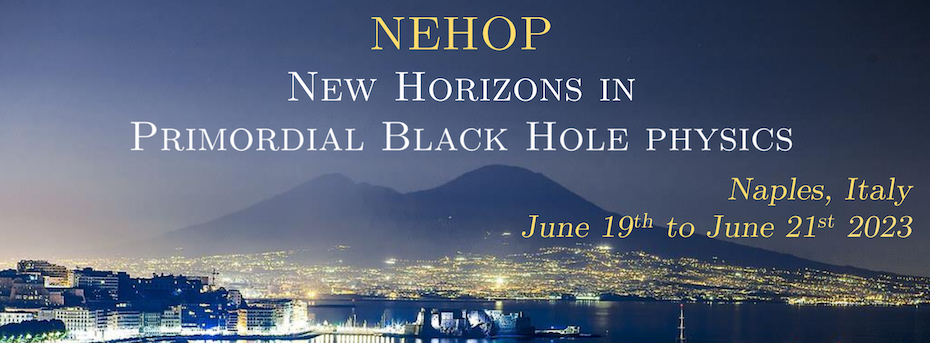Speaker
Description
LIGO and Virgo have started unraveling the mass spectrum and merger rate density of binary black holes (BBHs) in the Local Volume, while in the next decade the Einstein Telescope and Cosmic Explorer will probe BBH mergers across the cosmic time. The origin of such systems still makes us scratch our heads. In this talk, I will review the main scenarios for the formation of stellar-born binary black holes via binary-star evolution and dynamics of dense stellar systems, highlighting the main open questions. We expect that BBH mergers from metal-poor and metal-free stars take place out to redshift 20-40. These will be significantly more massive than BBHs born from metal-rich stars in the Local Volume. Understanding the contribution of stellar-born BBHs to the merger rate in the high-redshift Universe will be a key step to reconstruct the reionization epoch and the merger rate density of primordial black holes.

